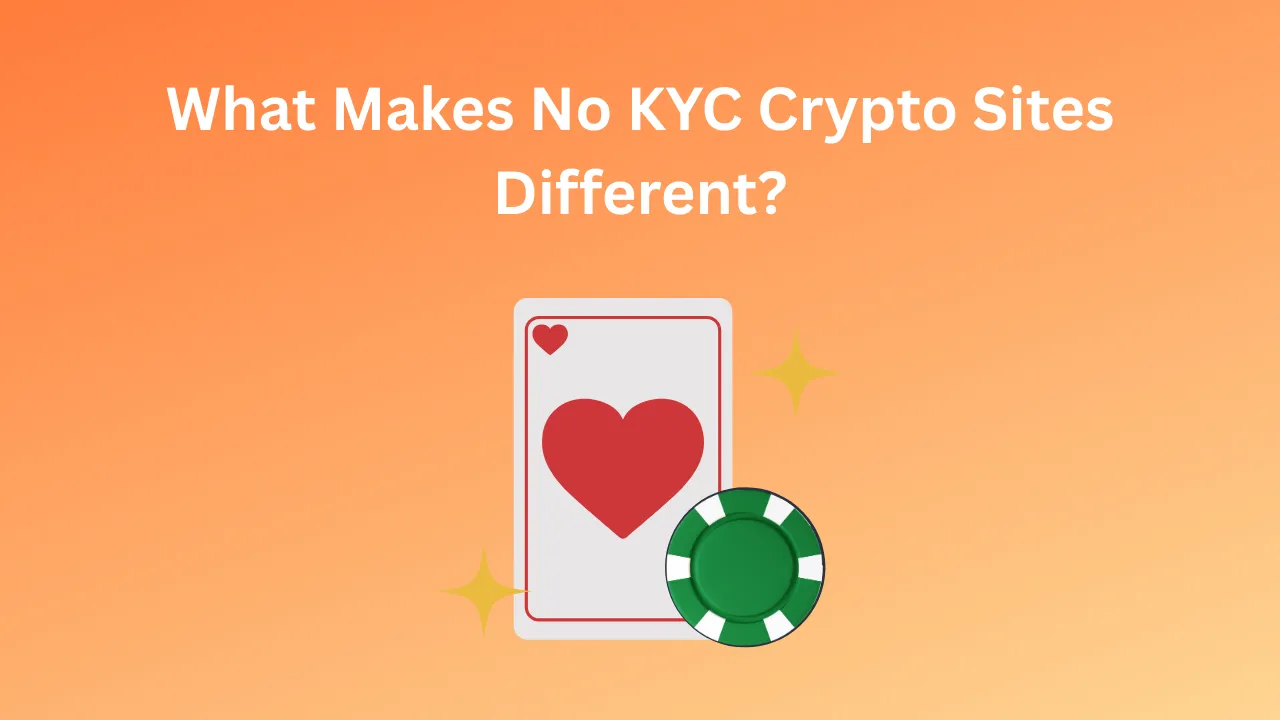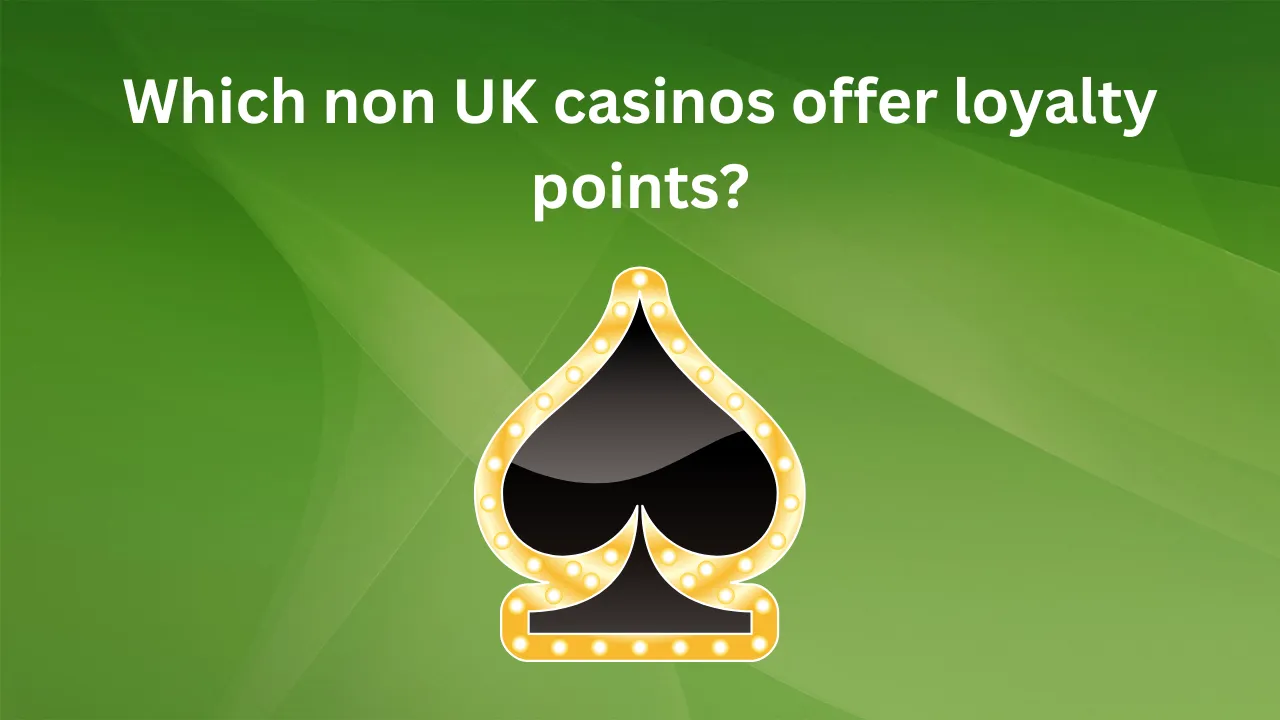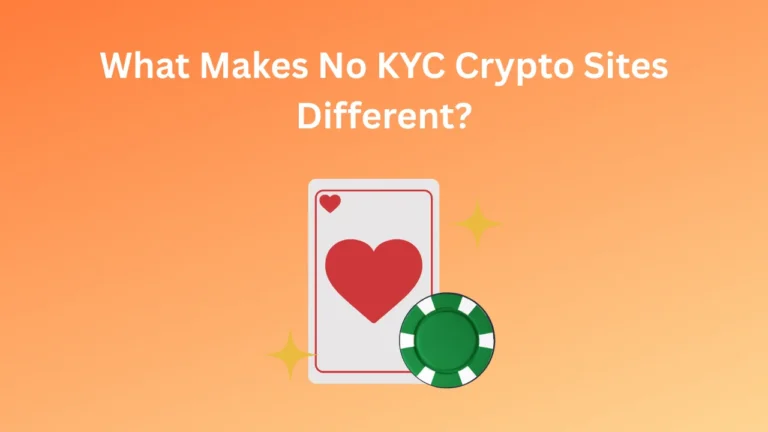Every casino player has, at some point, come across the term “RTP” — Return to Player — when choosing slot games or comparing online casinos. On the surface, it seems simple: a higher RTP means a better chance of winning. But is that really the case? Do high-RTP games actually guarantee more wins, or is there more to the story?
As someone who has spent years studying the math behind slot mechanics and observing real player data, I can tell you that RTP is a powerful indicator — but it’s not a crystal ball. Understanding what RTP truly represents, and how it interacts with other factors like volatility and game design, can dramatically improve how you approach your play and manage expectations.
Let’s explore what high RTP really means, how it affects outcomes, and whether it can actually tip the odds in your favor in the long run.
What Does RTP Really Mean?
RTP stands for Return to Player, expressed as a percentage that represents the theoretical amount a game pays back to players over time. For example, a slot with 97% RTP will, in theory, return £97 for every £100 wagered — but that figure is calculated over millions of spins.
That means RTP isn’t about what you will get in a single session; it’s about what all players combined might get over a very long period. This is why someone can win big on a 94% RTP slot while another player might lose on a 97% one.
In practice, RTP reflects long-term fairness, not short-term luck. It’s a statistical expectation — not a promise. The misconception that high RTP means “more wins” comes from misunderstanding how probability evens out only after countless plays.
Interestingly, some platforms — particularly casinos not on gamstop — advertise games with higher-than-average RTPs to attract players seeking better value. While this can be appealing, it’s important to remember that even these games follow the same mathematical principles: RTP is calculated over time, not guaranteed in a single sitting.
Why RTP Doesn’t Predict Short-Term Results
One of the most common mistakes players make is expecting RTP to work instantly. You might think, “If I play a 98% RTP slot, I’ll win more often.” Unfortunately, short-term variance (often called volatility) plays a much bigger role in what happens during your session.
Variance determines how payouts are distributed. High-volatility games have fewer wins but potentially much bigger prizes, while low-volatility games deliver smaller, more frequent payouts. A high-RTP, high-volatility slot can easily take you on a losing streak before suddenly hitting a massive win that balances the numbers — but only after hundreds or thousands of spins.
In simpler terms, RTP describes the average destination, but variance defines the journey. And that journey can be unpredictable.
If you’ve ever watched two players spin the same game side by side, you’ll notice how differently results unfold. One might hit a bonus in minutes, while the other burns through their balance with no luck. That’s randomness at work, and it’s why RTP is best understood as a long-term performance metric, not a short-term guarantee.
The Role of Game Design and Mechanics
Every casino game has unique algorithms and payout structures behind the scenes. Developers fine-tune their games’ hit frequencies, bonus triggers, and prize distributions to create distinct player experiences.
For example, one 96% RTP slot might rely on frequent mini-wins, while another with the same RTP might store most of its value in rare bonus rounds. Both return the same long-term percentage, but they feel dramatically different to play.
This design variation means that even if you always choose high-RTP games, your experience — and your results — will vary widely depending on how that RTP is achieved. That’s why expert players often research a game’s volatility, max payout, and bonus mechanics alongside its RTP before committing to it.
How Casinos Use RTP Strategically
Casinos — both online and land-based — understand that RTP influences player perception. A higher RTP figure often signals fairness and transparency, which helps build trust. However, casinos balance this against profitability.
If every slot offered 99% RTP, there’d be little room for the house edge that keeps the casino running. Most games are therefore designed within an RTP range of about 94%–97%. The remaining percentage (the house edge) is what ensures the casino stays profitable over time.
Operators sometimes adjust RTP settings based on region or platform. For instance, an online slot might offer 96.5% RTP, while the same title in a physical casino might run at 94%. This variation reflects operational costs and marketing strategies. Players who understand these details can make smarter choices about where to play.
The Psychological Trap of “Guaranteed Wins”
The phrase “high RTP” has a powerful psychological effect. It gives players a sense of control — the idea that they’re making a mathematically superior choice. While that’s partially true, it can also lead to overconfidence.
Some players increase their bets on high-RTP games, assuming the game will “pay back soon.” This mindset is dangerous because RTP doesn’t reset or remember your spins. Every spin is independent — the odds remain exactly the same regardless of how much you’ve played or how long you’ve been losing.
Understanding this is crucial for managing bankrolls responsibly. High RTP is a useful indicator of long-term value, but it should never replace smart budgeting, setting limits, and knowing when to walk away.
Practical Ways to Use RTP to Your Advantage
Even though high-RTP games don’t guarantee wins, they can still improve your overall gaming experience when used wisely. Over time, playing games with higher RTPs does reduce the casino’s edge against you — especially if you’re a frequent player.
If you usually play longer sessions, these small percentage differences add up. For instance, playing a 97% RTP slot instead of a 94% one means the casino’s edge is 3% instead of 6%, effectively doubling your potential playtime for the same bankroll.
Pairing this with good bankroll management — like betting smaller amounts and pacing your play — can make your sessions more sustainable and enjoyable. Combine that with choosing games whose themes, features, and volatility you actually enjoy, and RTP becomes one piece of a bigger, more strategic picture.
Why Some Low-RTP Games Still Feel Rewarding
Curiously, not all low-RTP games feel “worse.” Some are designed to deliver thrilling gameplay or big jackpots that offset the mathematical disadvantage. Players might walk away feeling more satisfied despite the lower return rate, simply because of the excitement factor or the potential for life-changing wins.
This highlights an important point: enjoyment isn’t just about percentages. For many, the entertainment value of playing is just as meaningful as the outcome. That’s why many experts, myself included, recommend choosing games you genuinely like rather than obsessing solely over RTP stats.
The Real Secret: Consistency and Mindset
Ultimately, the difference between successful and frustrated players comes down to mindset. Understanding how RTP works, recognizing the role of volatility, and treating gaming as entertainment rather than a money-making venture will make you a far happier (and often luckier) player.
If you approach high-RTP games expecting consistent wins, you’ll likely be disappointed. But if you treat them as opportunities for fair play, excitement, and potential reward — while keeping your bankroll in check — you’ll enjoy a more sustainable, realistic experience.
The key takeaway is this: high RTP increases your potential for better returns over time, but it doesn’t promise anything in the short term. It’s a tool, not a guarantee.
Conclusion
So, do high-RTP games guarantee more wins? No — but they do offer better odds over time. They lower the house advantage, improve fairness, and give savvy players a mathematical edge when used wisely. However, randomness, volatility, and human psychology still play huge roles in how your gaming experience unfolds.
Understanding RTP is empowering because it lets you make informed decisions rather than relying on luck alone. Whether you’re spinning a 98% RTP slot or testing a new table game, remember that long-term strategy, patience, and enjoyment matter more than any single number.







